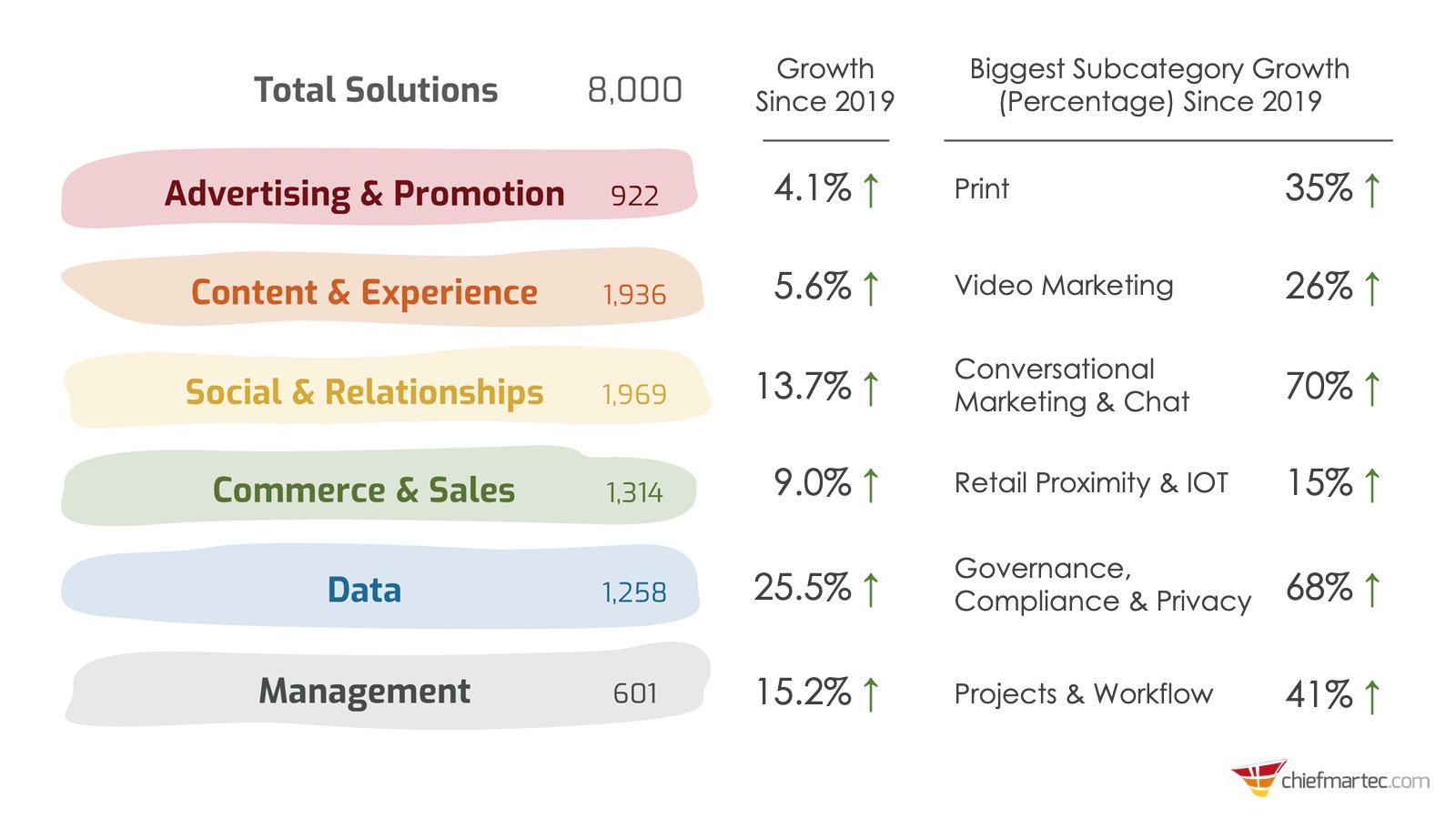Does a customer persona stereotype consumers?
With customer personas becoming a cornerstone of customer-centric marketing, it is crucial to distinguish between stereotypes and customer personas.
Both concepts involve grouping individuals. They serve different purposes and are constructed through vastly different processes. Look at these examples.
Customer Persona: Suburban Sophie
Suburban Sophie is a customer persona created by a home goods retailer. Stephanie is a 38-year-old married woman with two children. The family lives in the suburbs. She works part-time as a school administrator and is actively involved in her local community. Stephanie values product quality and durability and is willing to pay a premium for goods that promise longevity. She prefers shopping online for convenience but enjoys visiting stores for a tactile experience. Her purchasing decisions are influenced by product reviews and recommendations from her social circle.

This persona was developed through data analysis, including purchase history, customer surveys, and social media engagement. ‘Suburban Sophie’ helps the retailer tailor its marketing campaigns, product selection, and customer service to meet this market segment’s needs.
Stereotype: The Clueless Dad
On the other hand, ‘The Clueless Dad’ is a consumer stereotype often seen in advertising. This stereotype portrays fathers as bumbling and inept regarding domestic tasks and parenting. They are depicted as needing the help of a spouse or a product to navigate household challenges successfully. This stereotype is not based on data or research but on outdated societal norms and media tropes.
The ‘The Clueless Dad’ stereotype can be harmful as it reinforces gender biases and diminishes the role of fathers in family life. It also fails to acknowledge the diversity of modern fatherhood and the competence of many men in managing their homes and children.
Distinctions between Customer Personas and Stereotypes
‘Suburban Sophie’ is a data-driven, detailed archetype that serves as a tool for the retailer to understand and cater to a specific customer group. It is dynamic and can be updated as new data becomes available, ensuring the persona remains relevant and useful. In contrast, the ‘Clueless Dad’ is a static and oversimplified representation that relies on generalizations rather than facts. It does not provide actionable insights for marketers and can alienate some of the audience due to its inaccuracy and insensitivity.
Stereotypes: Oversimplified and Inflexible
Stereotypes are oversimplified generalizations about a group of people that are often based on limited or no real data. They are inflexible constructs that do not change even when presented with new information. Stereotypes can be harmful as they lead to discriminatory attitudes and behaviours, reducing individuals to a single, often inaccurate characteristic. For example, common stereotypes might include believing that older people are not tech-savvy or that millennials are entitled.
Customer Personas: Data-Driven and Dynamic
In contrast, customer personas are detailed, research-based profiles representing segments of a business’s target audience. Their creations require using demographic, psychographic, and behavioural data collected from actual customers. Personas are dynamic and are regularly updated to reflect the evolving nature of the customer base. For instance, a customer persona for a digital marketing tool might be ‘Entrepreneur Emma,’ a persona based on data from young business owners who are tech-savvy and value efficiency.
The Creation Process: Research vs. Assumption
The creation of stereotypes often stems from societal assumptions and lacks a factual basis. Media, cultural narratives, and social reinforcement have perpetuated them without a thorough understanding of the individuals within the stereotyped group.
On the other hand, customer personas result from meticulous research, including surveys, interviews, and customer behaviour analysis. This process ensures that personas are grounded in reality and provides actionable insights for businesses. They help companies understand customer needs, preferences, and pain points, enabling them to tailor their products and marketing strategies effectively.
Application: Harmful vs. Beneficial
Stereotypes can lead to discrimination and exclusion, affecting individuals’ opportunities and quality of life. They often justify biased practices and can harm societal cohesion and progress.
Conversely, customer personas enhance customer experiences and service delivery. They allow businesses to personalize their approach, ensuring that marketing efforts are relevant and resonate with the audience. Personas help create products, services, and content that meet the specific needs of different customer groups, fostering inclusion and customer satisfaction.
Embracing Complexity vs. Simplifying Diversity
The critical difference between stereotypes and customer personas is their human complexity approach. Stereotypes simplify and ignore the rich diversity of individual experiences, while customer personas embrace this complexity, seeking to understand and cater to it.
For marketers, recognising and avoiding stereotypes while thoughtfully creating and utilising customer personas can lead to more successful and respectful engagement with their audience.



























